In 1905, the Architectural Review stated that ‘the architectural historian of the distant future may well be excused if he formulates a theory that there were two Decimus Burtons’. Literally speaking, this was remarkably prescient, for today we associate Burton’s name not only with various inventive classical revival buildings around Regent’s Park and Hyde Park in London, but also with the remarkably futuristic glasshouses that sit in Kew Gardens, where Burton was architect for both the Palm House of 1844–48 and the Temperate House, built in stages from 1859–98 and now completing its second restoration in half a century.
But that wasn’t quite what the AR meant, because for decades after Burton’s death in 1881, his garden work was considered merely a curious sideshow to his architectural career. Born in 1800, the well-connected son of James Burton, the most prominent builder in Georgian London, the younger Burton’s career began early; by his early twenties, he had a thriving practice in operation. In this period he built the London Coliseum, an entertainment hall based on the Pantheon, but with a wooden roof and a portico modelled on the Parthenon, and more successful works such as the Athenæum Club, the Wellington Arch and the Hyde Park Screen.
But later, in the years after he began working at Tunbridge Wells in the late 1820s, Burton moved more towards his father’s line and became involved in volume-building, laying out parts of St Leonard’s-on-Sea and Brighton, and it was this sudden change in emphasis from serious to serial work that the AR was alluding to, quipping acerbically that ‘in the work of Decimus Burton quantity and quality seem to be present in inverse ratio’.
Burton died less than a week after G.E. Street, 24 years his junior, a coincidence that allowed many to note how swiftly Burton had essentially been forgotten in his old age. Burton’s classical architecture was deeply unfashionable in the era of Street’s Gothic Revival, which provoked pause: ‘Are [the Gothic Revivalists] sure,’ asked the obituary in the Builder, ‘that in the lapse of another generation of men their own favourite revived phase of architecture may not appear as passé to their successors as Burton’s architecture appears to some of them?’
Sure enough, the 20th century would turn Burton’s reception upside down. Iron and glass, through shedding ornament and aiming for efficient performance over capricious pomp, was retroactively understood as the historic forerunner of modernism, meaning that what had been thought of as mere engineering was allowed to enter the pantheon of true architecture. Burton’s name was now fortunately attached to some of the most significant works of that type.
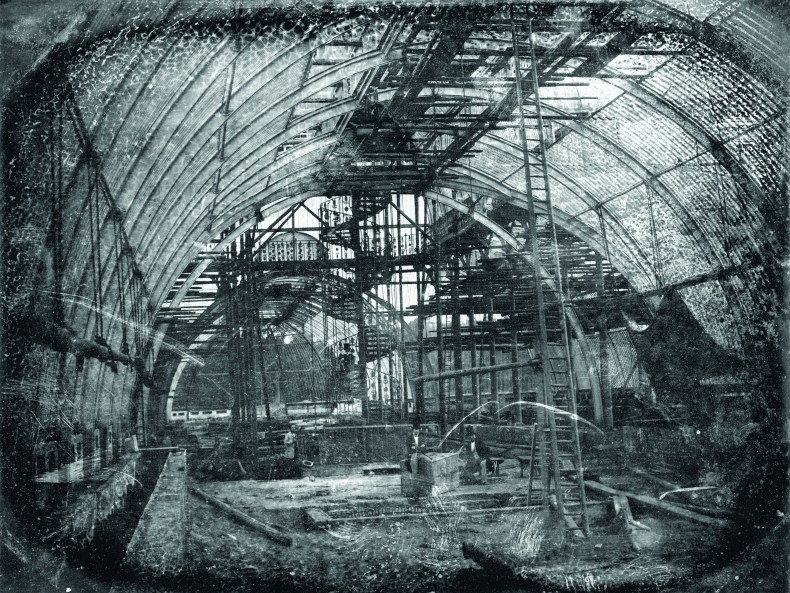
The Palm House, designed by Decimus Burton and Richard Turner, under construction at Kew Gardens, in a daguerreotype from July 1847 by Antoine F.J. Claudet. © The Board of Trustees of the Royal Botanic Gardens, Kew
Indeed, despite being largely ignored by his architectural contemporaries, glasshouses were part of Burton’s work throughout his career. While still a teenager, he had incorporated winter gardens into his villa designs. But in 1822, influenced by the work of J.C. Loudon, who had published works on the use of iron and glass (such as Sketches of Curvilinear Hothouses, 1818), Burton introduced a curved dome into the gardens of Grove House in Regent’s Park. He pushed on from there.
Working for the Duke of Devonshire in the 1830s, Burton was called upon to sign off the designs for the Great Stove at Chatsworth, a massive curved glasshouse that had been conceived by the head gardener Joseph Paxton and would become the template for his Crystal Palace a decade later. Burton was architect for the Royal Zoological Society, the Royal Botanic Society and the Royal Botanic Gardens at Kew, meaning that a sizeable part of his professional life was taken up by horticultural work – and this in the middle of the 19th-century fever for constructing glass-roofed winter gardens.
The first major glass project at Kew, the Palm House, came about in disputed circumstances. Richard Turner of Dublin owned an iron foundry, had built a number of curvilinear glasshouses, and was enthusiastically touting his work in London society. He made a design for Kew, which had to be shown to Burton, who then insisted that Turner made changes to the design. The result, completed in 1848, is a delicate and diaphanous curved glass structure, recognisably related to Turner’s previous work at the Botanic Gardens in Belfast, but incorporating ideas drawn from Chatsworth and details such as a ‘palm frond order’ that Burton had used at Grimston Park, North Yorkshire, a decade previously. It is fair to call it a collaborative effort.
The Temperate House is grander in scope but less experimental than the Palm House. The lack of external curvature means that the design appears less ambitious, even at its larger scale. Although Turner is given an attribution, his hand is less evident in this structure, while Burton’s classical sensibilities are far more apparent in the more austere form and substantial decoration. Consisting of five linked spaces – a central hall, two octagons and two additional wings – the Temperate House was partially open by 1863 but was only completed in a burst of work nearly 40 years later. At 180 metres long, and enclosing 4,880 square metres, it is the largest surviving winter garden of the era.
But being in the vanguard of anything carries risks. The innovations of the iron and glass period were often troublesome, and few of the many hundreds of winter gardens and glass exhibition halls that were built in the late 19th century are still extant. Both of Burton’s glasshouses at Kew required restoration in the late 20th century, with the Temperate House most recently being reopened in 1982. Since then, the materials had started to decay again, and another round of restoration was required, which, five years and £41 million later, has involved completely replacing the glazing and thousands of individual structural and decorative elements.
With its vast scale and full-size trees, the Temperate House has always been an awe-inspiring space. But it has tended to suffer from comparison with its smaller sibling, which Nikolaus Pevsner described as ‘one of the boldest pieces of 19th-century functionalism in existence’. Ian Nairn put it more strongly, celebrating ‘the utter originality and unselfconscious perfection of this building; nearer to a beautiful animal or to one of the plants it encloses than to the fumbling, guilt-laden compositions of architecture’.
‘Go afterwards,’ continued Nairn, ‘into the Temperate House to see how a mediocre designer can demean even this recipe.’ What he meant was that while the Palm House’s filigree elements create an ethereal soap-bubble effect, the Temperate House’s full-scale primary structure tends to give the distracting impression of a railway shed. But this is perhaps too harsh on Burton – for it is a privilege to have the opportunity once again to experience both of these dreamy environments of unconscious Victorian futurism.
From the April issue of Apollo. Preview and subscribe here.
Unlimited access from just $16 every 3 months
Subscribe to get unlimited and exclusive access to the top art stories, interviews and exhibition reviews.

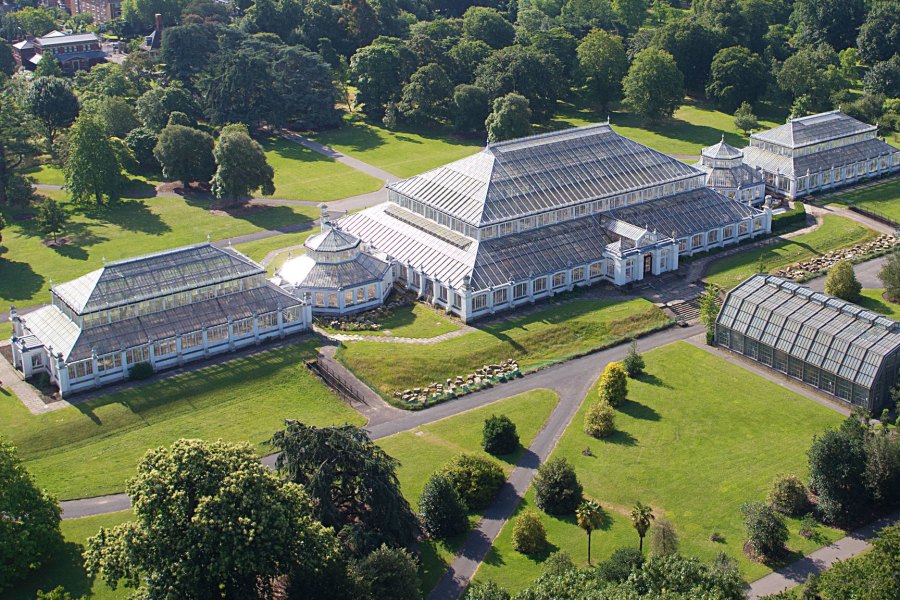
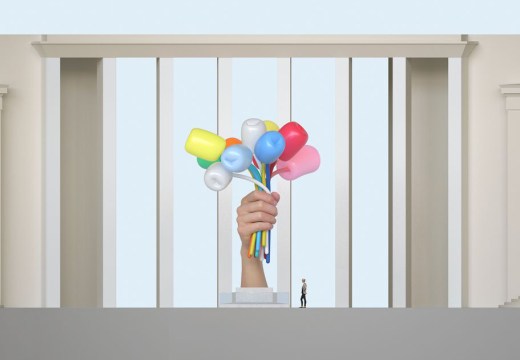
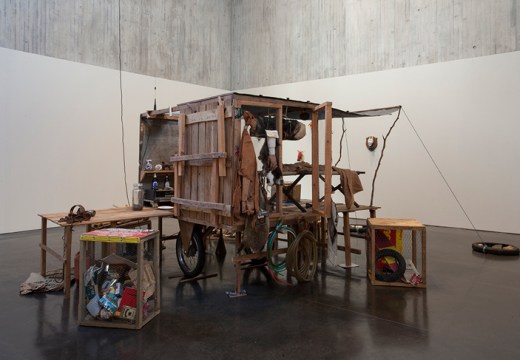
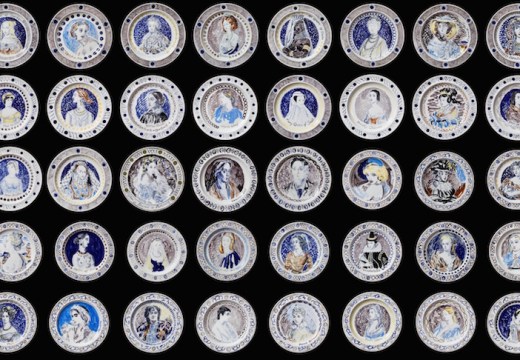









![Masterpiece [Re]discovery 2022. Photo: Ben Fisher Photography, courtesy of Masterpiece London](http://www.apollo-magazine.com/wp-content/uploads/2022/07/MPL2022_4263.jpg)
It’s time for the government of London to return to its rightful home